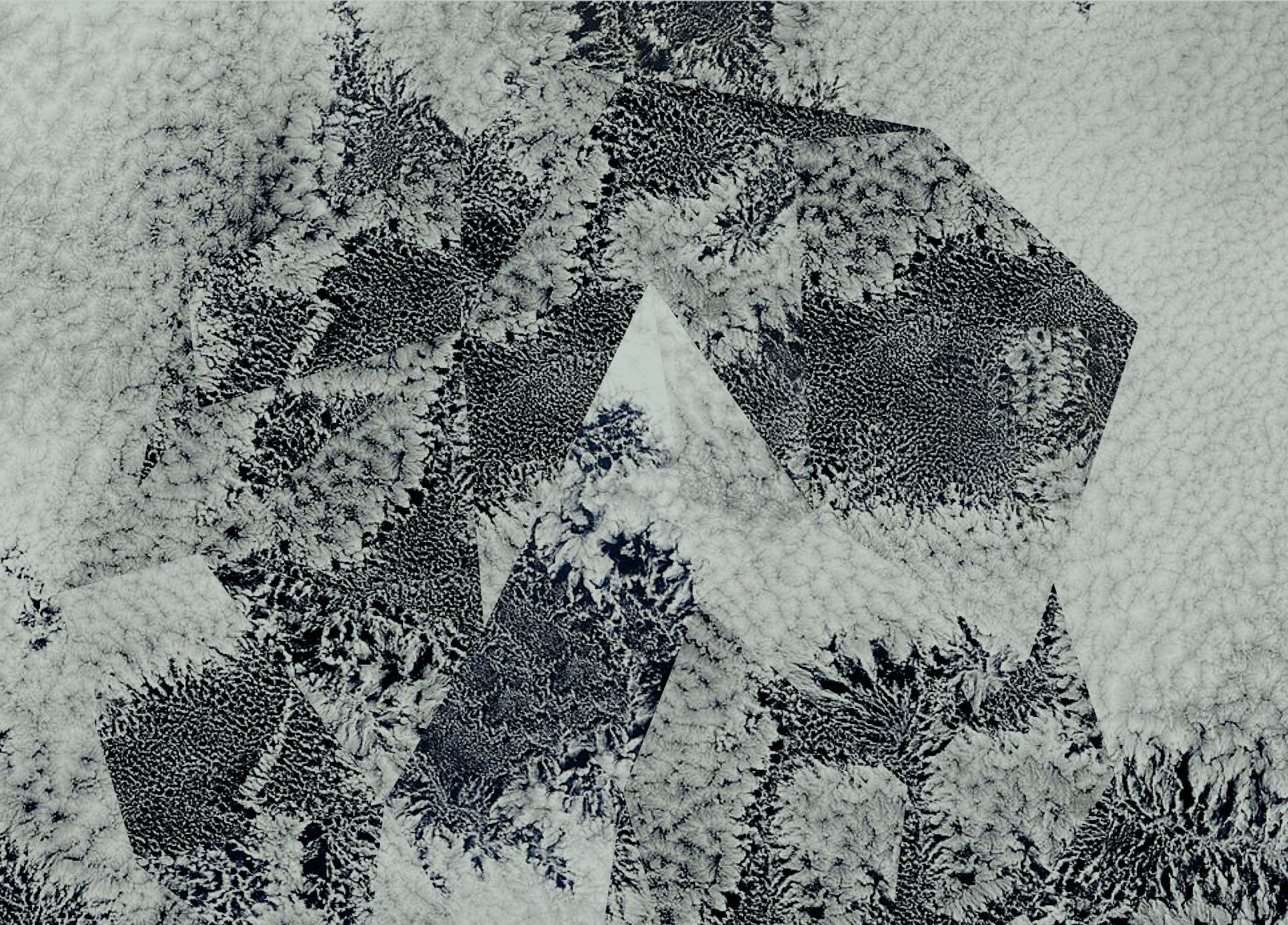8. Epilogue
Throughout this text I have described my process of composing with an ensemble of improvisers, the Per Zanussi Ensemble. I have shown how my process and methods have changed during the course of my work, and how I have finally found a method of composition that I feel works well for my ensemble. This approach helps me compose by working with improvisers, and my compositions help improvisers play freely in a large ensemble. Right now it feels like an approach which I can use for many years to come, but I am certain that it will continue to develop in the future.
An important difference between doing this as a purely musical project, in the context of artistic research, is that I have shown how I have developed my toolbox, methods and thinking behind the music, and I believe that it can be of use to others working within my field.
The project explores my own personal methods and approach to the music, drawing on many different sources, and creating a personal synthesis of these, resulting in a musical hybrid. The bulk of the project’s contribution to the field is embedded in the music, in the scores and in the recordings.
I think I have contributed the following knowledge to my field:
-A flexible, personal method for composing/notating and rehearsing for improvising ensembles which can be used by others, allowing a large ensemble to listen and function in a way that resembles smaller improvising ensembles. I have also shown how I think my compositional methods create a culture/identity within the ensemble.
-A body of work which has some originality.
-Articulated and described tacit and explicit knowledge around my process of composing, rehearsing and performing with a large ensemble of improvisers, which hopefully can be of use to other researchers and performers in my field.
The work has been a constant search for a balance between two ways of composing, and I believe I have found a possible way for improvising musicians to relate to my
predetermined material in a way that feels comfortable for both them and myself. This is an ongoing, constant search, but I feel good about the results so far.
My methods for composition and notation have developed significantly throughout the fellowship period, and I have developed my aesthetics, both as an improviser and a composer. My improvisations are influenced more by my composition methods than I had anticipated, with inspiration from other sources such as Gugak, and I have embraced a more open way of composing.
I have consciously tried to find a way of unifying two sides of my musical personality, and I feel like I have succeeded on many levels. I see a possibility for a clearer balance between the spontaneous and the predetermined within my practice, and I hope this development of myself and the ensemble can be an example for others to tear down some musical walls within themselves in the future.
Per Zanussi, Oslo, 04.15.2017
The Pool of Musicians
Here is a list of the wonderful musicians, in alphabetical order, who have been involved in the project at some point.
Andre Roligheten
Bjørnar Habbestad
Dag Erik Knedal Andersen
David Stackenäs
Eivind N Lønning
Emilio Gordoa
Erik Carlsson
Henrik Nørstebø
John Chantler
Jon Hegre
Kjetil Møster
Lotte Anker
Magda Mayas
Martin Kuchen
Morten Barrikmo
Morten J. Olsen
Ole Henrik Moe
Paul Hession
Per Oddvar Johansen
Raymond Strid
Rolf-Erik Nystrøm
Sofia Jernberg
Stine J. Motland
Ståle L Solberg
Tony Buck
